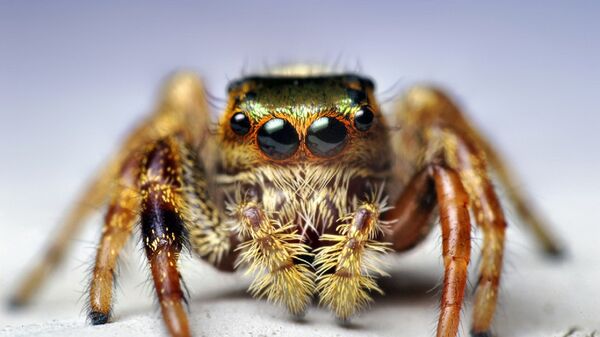"In the movies, Spider-Man has this strange, additional 'spidey sense' that helps him sense danger – it turns out the real-life spidey sense of spiders might actually be hearing," researcher Gil Menda told Phys.org.
The finding was accidental, thanks to a squeaky chair in the lab.
"One day, Gil was setting up one of these experiments and started recording from an area deeper in the brain than we usually focused on," Paul Shamble, one of the researchers, told Phys.org. "As he moved away from the spider, his chair squeaked across the floor of the lab. The way we do neural recordings, we set up a speaker so that you can hear when neurons fire – they make this really distinct 'pop' sound – and when Gil's chair squeaked, the neuron we were recording from started popping. He did it again, and the neuron fired again."
"We found that when we shook single sensory hairs back and forth – these are the same hairs that are known to respond to sounds originating close to the animal – we also got responses," Shamble says. "This suggests that these hairs are how spiders are registering faraway sounds."
After discovering the hearing ability of the jumping spider, the scientists then did tests on other spider species and found that at least five others share the same skill. They are now continuing the tests on more species, such as wolf and fishing spiders.




